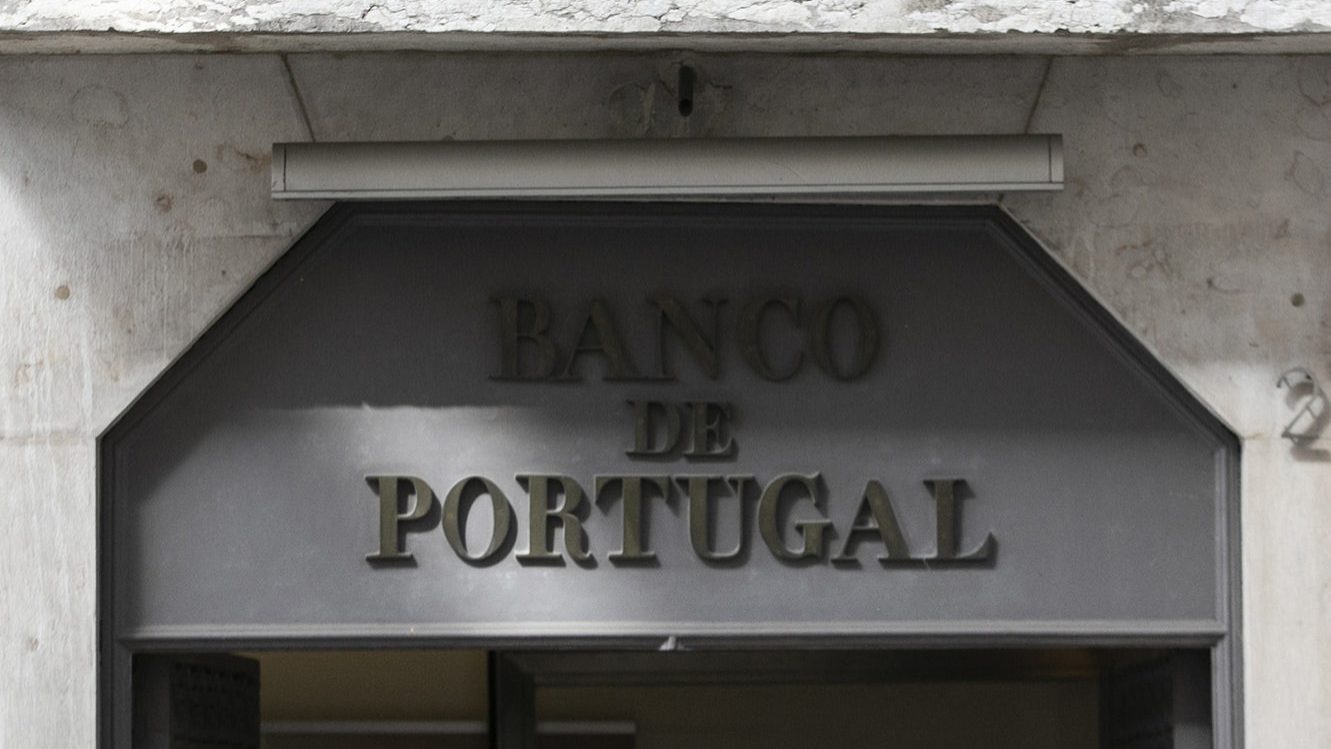Economic activity stabilises, private consumption falls
Since the beginning of the year, the average rate of change of the monthly coincident indicator for economic activity is 7.1%.
The coincident indicator for economic activity in June showed a rate “close” to previous months, while the coincident indicator for private consumption decreased again, the Bank of Portugal (BoP) said on Thursday.
“In June, the monthly coincident indicator for economic activity showed a rate close to that seen in recent months. The rate of the coincident indicator for private consumption decreased again,” the central bank said in a statement.
In June, the year-on-year rate of change in the indicator for economic activity was 7.1% (4.1% in June 2021), slightly down from 7.2% in May, while the year-on-year rate of change in the indicator for private consumption fell from 4.8% in May to 3.9% in June (6.2% in June 2021).
Considering the quarter ended June, the year-on-year rates of change of the economic activity and private consumption indicators were 7.1% and 4.8%, respectively, which compares with 7.2% and 5.5%, in the same order, for the quarter ended May.
Since the beginning of the year, the average rate of change of the monthly coincident indicator for economic activity is 7.1%. In comparison, the monthly coincident indicator for private consumption is 5.7% (in the same period of 2021, the average rate of change of these indicators was 3.1% and 4.6%, respectively).
The coincident indicators are composite indicators that seek to capture the underlying evolution of the year-on-year change of the respective macroeconomic aggregate and therefore do not reflect at each moment the year-on-year rate of change of the respective National Accounts aggregate.
Noting that the incorporation of new information may be reflected every month in the revision of past values of coincident indicators, the BdP warns that “in the current climate, given the sudden and significant variations in the series used to calculate the coincident indicators, it is expected that there will be higher than usual monthly revisions of these indicators”.
“Additionally – he adds – the smoothed profile underlying the methodology of calculating the indicators may imply monthly revisions with a direction that differs over time”.
The next release of the BdP’s coincident indicators will be on 18 August.
Also today, the BdP said that in the week ending 17 July, the daily economic activity indicator (DEI), which portrays the evolution of the Portuguese economy in almost real-time, points to a year-on-year change in activity higher than in the previous week.
The DEI is an indicator launched by the BdP to identify abrupt changes in economic activity but is not an official forecast from the Bank of Portugal or the Eurosystem.

